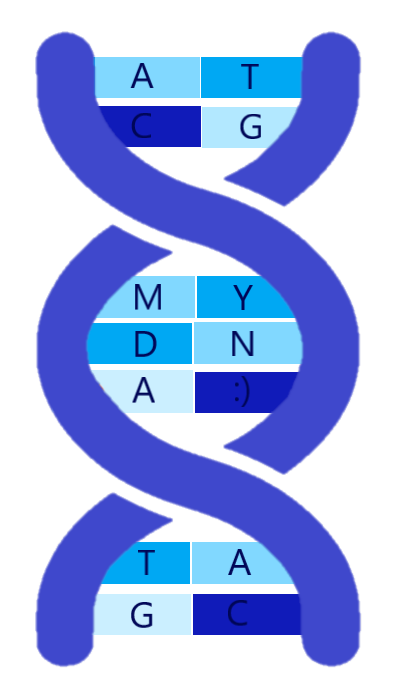S3+ 2017 project: Internet meets the human genome
Where?
We started here: In Pozega, in 2017, at summer school of science: https://drustvo-evo.hr/s3/s3pp_2017.html
Who?
We were a group of 4 students supervised by Inga Lovro Rabuzin from V. gymnasium, Klaićeva 1, 10000 Zagreb Réka Gyetvai from Bela III Secondary School, 6500 Baja, Szent Imre tér 5., Hungary Julia Hamblin-Trué from IB Programme at the Berlin International School, Lentzeallee 8/14, 14195 Berlin, Germany Lukas Lorenz G11 from Geringergasse 2, 1110 Vienna, Austria Inga Patarčić from Berlin Institute for Molecular Systems Biology at Max-Delbrück-Centre for Molecular Medicine, Germany
Our mission was?
To learn some basics of genomics, genetics and R programming by studing how genetic background of lactose intolerance, handedness, speech and language comprehension capabilities and cognitive function changed over time and as humans evolved. We compared single nucleotide polymorphisms (SNPs) in genomes of people who lived during 6000 BC to today. Besides humans, we also analyzed genotypes of chimpanzees, orangutans, Neanderthals and Denisovans.
Our results were:
https://drustvo-evo.hr/s3/files/webreports/2017/Inga_report.pdf
About author
Inga Patarcic is a PhD Student at Berlin’s Institute for Molecular Systems Biology (BIMSB) in the Bioinformatics and Omics Data Science Group. Her major focus of research is gene regulation, disease biology and machine learning. She is an author and initiator of the myDNA R package, shiny app and this blog. Previously, she worked in the field of population genetics (University of Zagreb, Croatia) , ancient DNA (University of Split, Croatia), biomedicine (University of Edinburgh, UK), and biospeleology (University of Ljubljana, Slovenia). She is an active storyteller, science educator, and passionate climber.

Disclaimer
Information shared in this post is for educational purposes only. We do not diagnose or prevent any illness or disease. This post has not been evaluated by the Food & Drug Administration or any other medical body. You must consult your doctor before acting on any content on this post.
In addition, most human traits and diseases are products of interactions of hundreds of genes and variants influenced by many non genetic factors. Thus, SNPs presented in this post are likely only a very small puzzle piece in a large picture of genetic, epigenetic and environmental influences on the development of trait.
